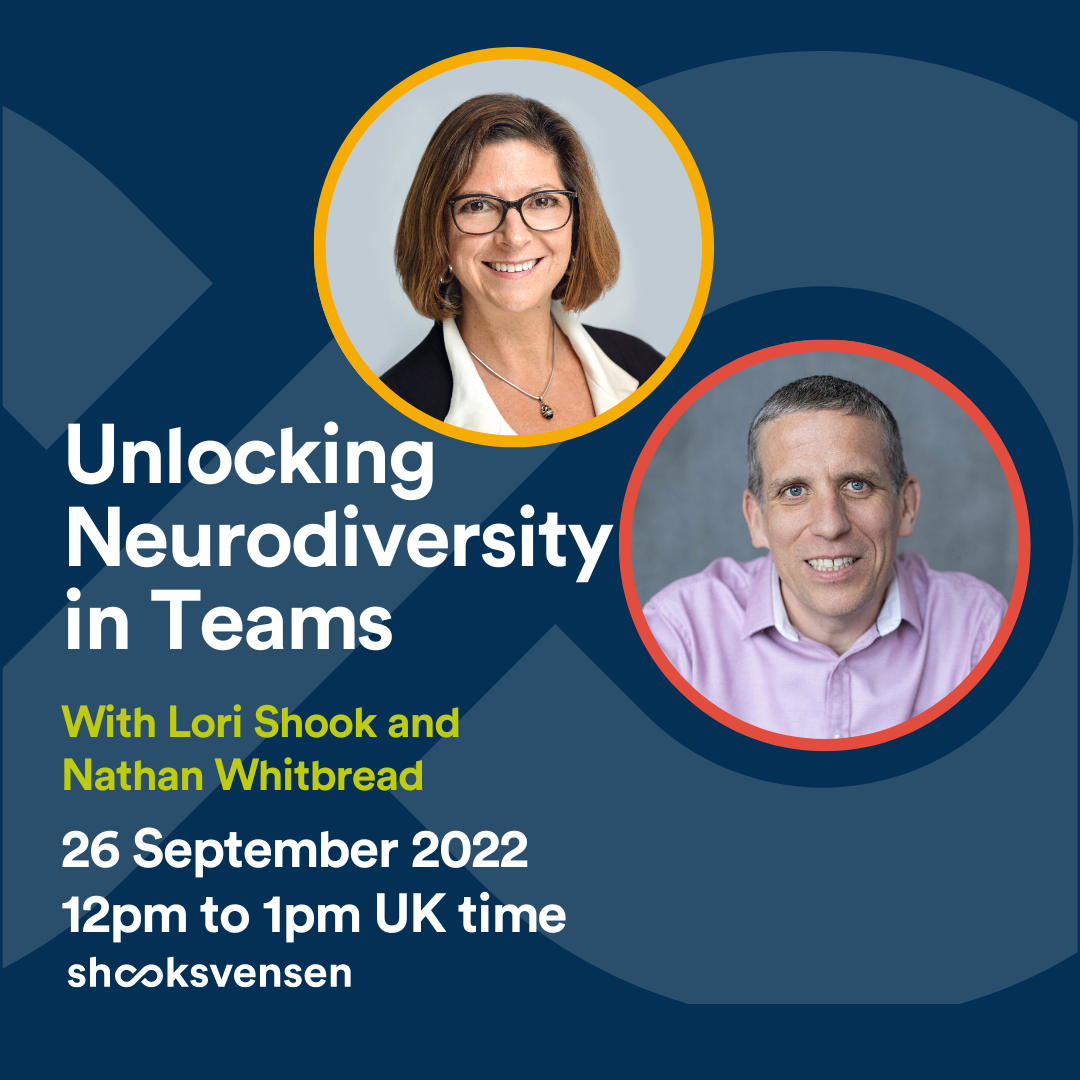
How do I understand and interact better with neurodivergent people?
As we become more aware of neurodivergent traits and decide that we want to be more inclusive, the next questions are likely to be, “How do I know?” and “What do I do?”
The answers to these questions may not be as straightforward as you think, because all too often people are unaware that their brain is wired differently than their neurotypical colleagues. And some people may be aware of their differences but tend to filter or “mask” these in order to align with the norm (this is more often done by women).
We are not suggesting labelling people or, even worse, trying to diagnose someone. The point is to create greater awareness for ourselves and our fellow team members that may lead to the team working together more effectively.
Stick to the same personality descriptors you already know
You could suggest an open discussion about neurodivergence or just skip the label and have a conversation about different traits, needs and preferences – the same traits you would talk about anyway. Neurodivergent individuals aren’t operating on different scales, it’s more that they occupy the far extremes of the scales we already know.
Thanks to a recent interview with Jess Meredith from Differing Minds, we have learned more about neurodivergence and understanding neurodivergent traits.
Spiky profiles
When looking at a range of characteristics, neurodivergent individuals are more likely to have a “spiky profile”. A neurotypical person is likely to have a reasonably flat profile (when looking at a set of measured characteristics) with some small peaks and troughs on different traits. A neurodivergent person’s profile is likely to be far spikier showing exceptional strengths in some areas and challenges in others.
For example, someone might have an extremely high preference for introversion or an extreme ability (high or low) on attentiveness. Similarly, there may be extremes on use of long-term or short-term memory, on visual or auditory processing, or sensitivity to an environment.
Here are some specific behaviours to look out for
Because we aren’t trying to diagnose or label people, we are mixing traits of several kinds of neurodiversity in this section.
Social interactions – some people may be far less social than the norm: they don’t like small talk and won’t want to socialise after work. They may be more direct, literal, very honest (without a filter), seeming blunt.
Sensory information processing – some people may be overstimulated and overwhelmed by sound, smell or visual information, while others may be much less sensitive than the norm to different sensory information. You can learn more about Sensory Processing from Differing Minds (check it out to learn about our 8 different senses).
Attention – some people have a hard time with managing their attention – an autistic person might get fixated on certain topics they are interested in while others (e.g., with ADHD) may be inattentive and have a hard time focusing. And a dyslexic person may have a hard time focusing on a lot of written material.
There are many other traits to consider as well
We cannot have an exhaustive list in this single post. Our point is to be curious about other people’s needs that may be very different from your own. When you find that others are behaving in unexpected ways, get curious about they need. Instead of trying to label them or even fix them, find out what they need to be their best at work.
You could make it standard practice to include these topics as you create agreements with team members:
- How should you and your team manage the environment with sounds, smells and visual stimuli?
- What do people need so they to focus on a meeting – e.g., how should breaks be managed. How should material be presented?
- What about social gatherings – who is really interested? Don’t make it a requirement to be social.
- What kind of equipment do they need to help them focus and stay on track, such as an extra computer screen, anti-glare filter or noise cancelling headsets.
- Find out about other things that will help people feel safe and do their best work. For example, for some people having a permanent space rather than hotdesking would be a life saver.
Thanks again to Differing Minds, for the broad information and these specific tips.
You can learn more about traits of autism at UK’s National Autistic Society
You can learn more about Attention Deficit an Hyperactivity Disorder (ADHD) from the NHS:
You can learn about Dyslexia traits from Davis Dyslexia Association International
Some more, recent posts on this topic:
Free webinar: Unlocking Neurodiversity in Teams

To learn more about how to Unlock Neurodiversity in Teams, sign up for our webinar here.
more info